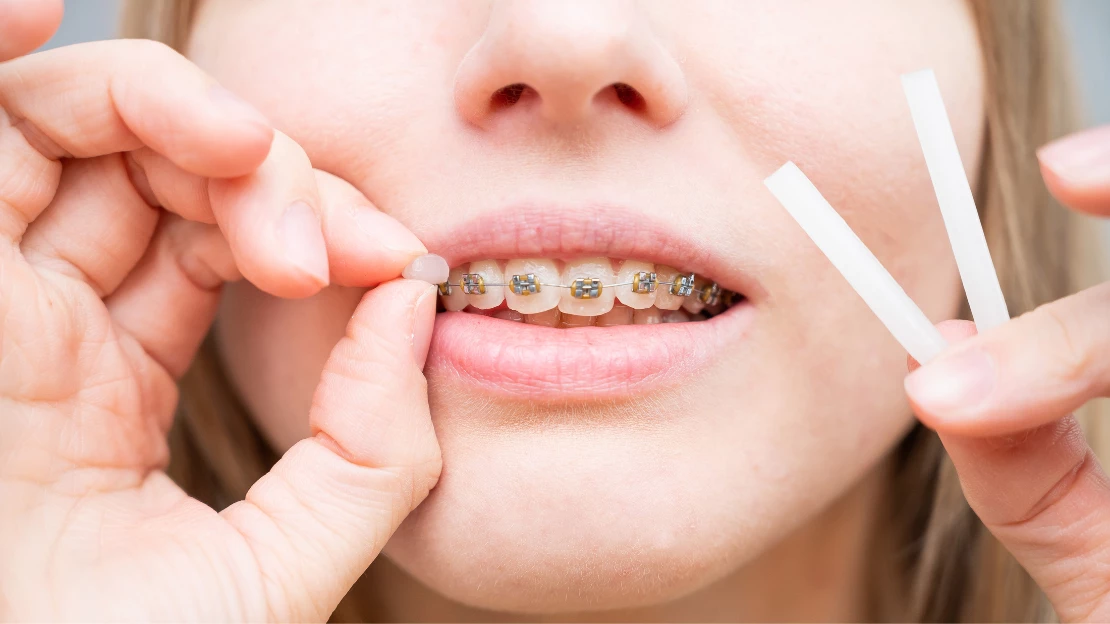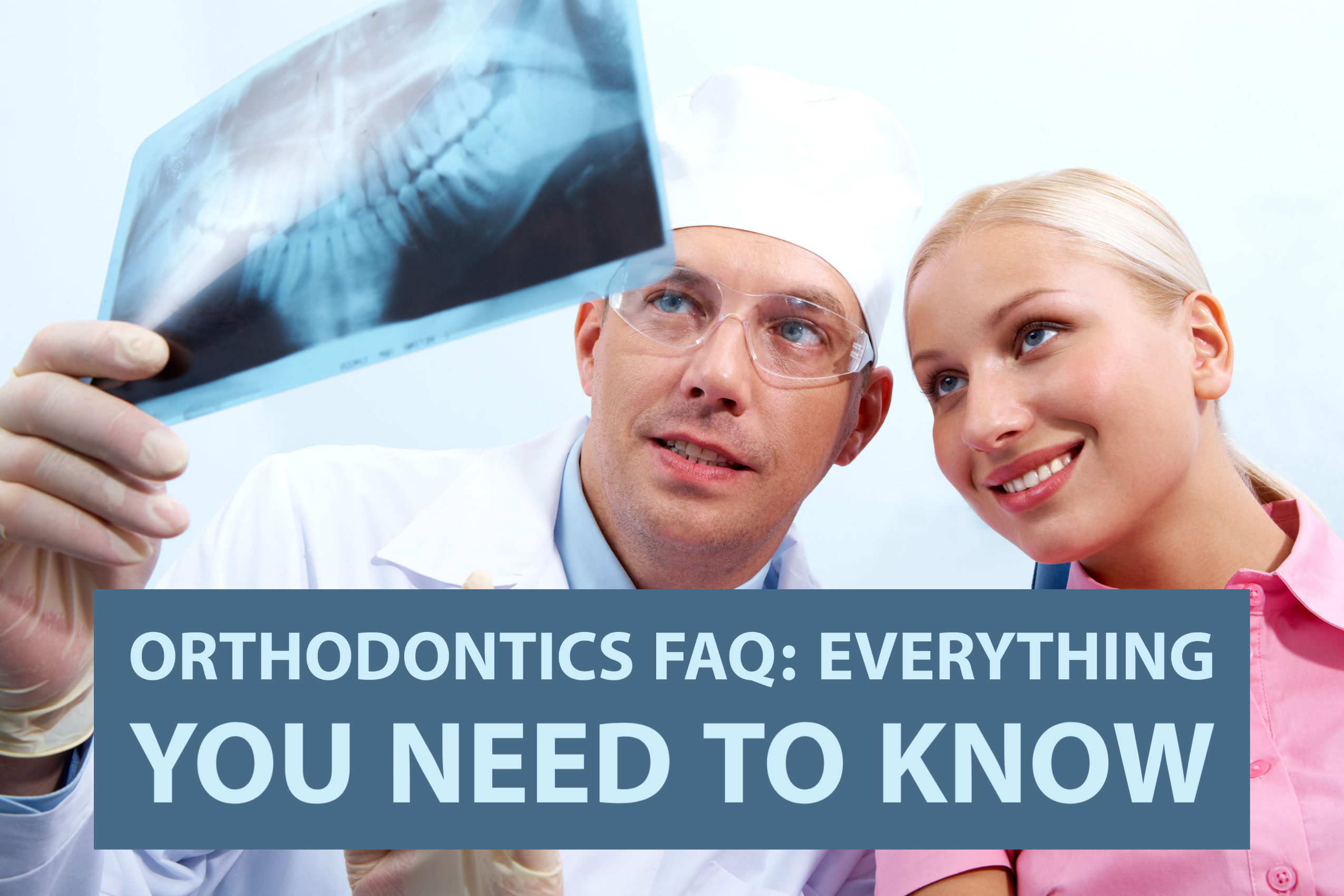A Biased View of Legacy Orthodontics
Wiki Article
Legacy Orthodontics Things To Know Before You Get This
Table of ContentsOur Legacy Orthodontics Statements3 Simple Techniques For Legacy OrthodonticsThe Legacy Orthodontics IdeasThe 45-Second Trick For Legacy OrthodonticsThe Definitive Guide for Legacy Orthodontics
In addition, we use flexible treatment routines, adaptable settlement choices and an enjoyable, delightful experience.An orthodontist is a dentist trained to identify, protect against, and treat teeth and jaw abnormalities. Orthodontists work with people of all ages, from youngsters to adults.
Malocclusion, or misaligned teeth, can result in dental concerns, including tooth decay, gum tissue disease, and challenging or unpleasant chewing. Not everybody is birthed with straight teeth. If you have a negative bite or large spaces in between your teeth, you might desire to consult a dental practitioner focusing on orthodontic treatment.
The 3-Minute Rule for Legacy Orthodontics
( Image Credit Rating: DigitalVision/Getty Images) Orthodontists use dealt with and removable oral gadgets, like braces, retainers, and bands, to alter the placement of teeth in your mouth. Orthodontic treatment is for oral problems, consisting of: Crooked teethBite problems, like an overbite or an underbiteCrowded teeth or teeth that are also much apartJaw misalignmentThe goal of orthodontic treatment is to enhance your bite.A healthy and balanced bite guarantees you can eat, chew, and talk correctly. While you could assume of orthodontists as generally for youngsters or teenagers that need dental braces, they can remedy oral troubles at any type of age. Orthodontists participate in college, oral college, and orthodontic school. After college graduation, they spend 2 or 3 years in an orthodontic residency program.
, yet not all dental experts are orthodontists. They concentrate on two locations: Exactly how to effectively and safely relocate teeth Exactly how to effectively lead development in the teeth, jaw, and faceOnce an orthodontist has finished training, they have the option to end up being board certified.
Little Known Questions About Legacy Orthodontics.
Imbalance, or malocclusion, is one of the most typical reason individuals see an orthodontist. It is genetic and is the result of dimension differences in between the upper and reduced jaw or in between the jaw and teeth. Malocclusion leads to tooth overcrowding, an askew jaw, or irregular bite patterns. Malocclusion is normally treated with: Your orthodontist connects steel, ceramic, or plastic square bonds to your teeth.Some individuals require a headgear to help move teeth into line with stress from outside the mouth. A retainer is a customized gadget that keeps your teeth in place.
They're usually used on youngsters. They can develop additional room in the mouth without needing to pull teeth. If you have a significant underbite or overbite, you could need orthognathic surgical treatment (additionally called orthodontic surgical treatment) to extend or reduce your jaw. Orthodontists use cords, surgical screws, or plates to sustain your jaw bone.
You might require to see an orthodontist if you have: Crowding or not sufficient area for all of your teethOverbite, when your upper teeth come over your base teethUnderbite, when your base teeth are as well much forwardSpacing or problems with gapsCrossbite, which is when your upper teeth fit behind your base teeth when your mouth is closedOpen bite or a vertical gap in between your front bottom and top teethMisplaced midline, when the facility of your bottom and upper teeth don't align Dealing with an oral malocclusion can: Make attacking, chewing, and speaking easierImprove the symmetry of our face and your general appearanceEase discomfort from temporomandibular joint disordersSeparate your teeth and make them simpler to cleanse, assisting prevent dental cavity or tooth cavities It's typically a dental expert who initially notifications misaligned teeth during a routine exam.
5 Easy Facts About Legacy Orthodontics Described

During your first orthodontic consultation, you'll likely have: An oral examPhotos taken of your face and smileDental X-raysPanoramic (360 degree) X-rays of your face and headImpressions to produce mold and mildews of your teethThese examinations will certainly assist your orthodontist recognize how to continue with your treatment. leesburg invisalign. An orthodontist is a dental professional who's had training to treat your teeth and jaw
Orthodontists may do surgical procedure, exams,X-rays,and more to help you attain an extra comfortable, healthier smile. An orthodontist is concentrated on your bite, so something like a chipped tooth would certainly be taken care of by a dental professional. Orthodontists are dental practitioners however not all dental practitioners are orthodontists. Orthodontists are concentrated on your bite, or the way your teeth fit with each other, and the straightness of your teeth. Ever asked yourself exactly how celebrities constantly appear to have completely straightened teeth? The response often hinges on the experienced hands of an orthodontist. However exactly what does an orthodontist do? Orthodontists are oral experts that concentrate on remedying irregularities in the teeth and jaws. Their know-how surpasses just producing a beautiful smile; it includes enhancing your total dental health and function.
Our Legacy Orthodontics Ideas

, orthodontists have a diverse toolkit at their disposal. These reliable braces make use of a system of brackets bonded to the teeth and attached by cords.
Clear aligners, like Invisalign, are a preferred option for patients seeking a more very discreet treatment option. These detachable trays are personalized to progressively move the teeth's setting. Headgear may be made use of along with braces or aligners to apply extra targeted forces, especially for remedying jaw discrepancies. In situations of narrow jaws, palatal expanders can be used to produce space for appropriate tooth alignment.
Report this wiki page